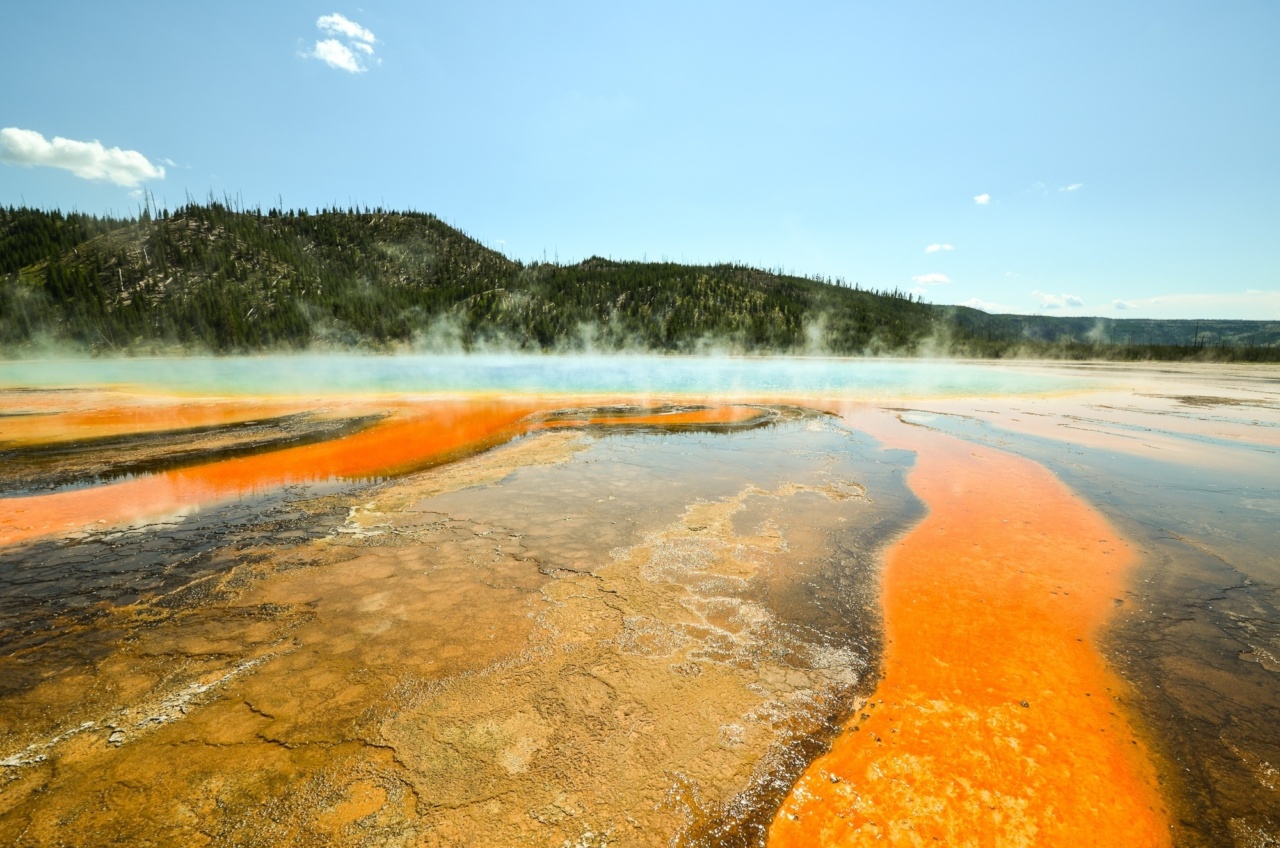The summer season is a time for fun, frolic, and outdoor activities. However, the rise in temperature can lead to serious health problems such as thermal exhaustion.
Thermal exhaustion is a condition where the body loses its ability to cool down and regulate its temperature. It can be caused by prolonged exposure to heat and high levels of humidity. The following symptoms can help you identify thermal exhaustion and take the necessary precautions to prevent it.
1. Excessive Sweating
Sweating is a natural way for the body to cool down. However, excessive sweating can lead to dehydration and put the body under stress. If you notice that your body is producing more sweat than usual, it may be a sign of thermal exhaustion.
2. Dizziness and Fatigue
Dizziness and fatigue are common symptoms of thermal exhaustion. The rise in body temperature can cause the blood vessels to dilate, leading to a drop in blood pressure. This can cause dizziness and a feeling of weakness.
3. Nausea and Vomiting
Heat can cause the body to lose fluids and electrolytes, leading to nausea and vomiting. If you experience these symptoms, it is important to hydrate yourself and seek medical attention if the symptoms persist.
4. Headache
Heat can also cause blood vessels in the brain to expand, leading to a headache. If you experience a recurrent headache during the summer, it may be a sign of thermal exhaustion.
5. Muscle Cramps
Loss of fluid and electrolytes can lead to muscle cramps, especially if you are engaging in physical activities outdoors. It is important to drink plenty of fluids and take regular breaks to prevent muscle cramps.
6. Rapid Heartbeat
Heat can cause the heart to beat faster, leading to a rapid heartbeat. This can put additional stress on the heart and cause discomfort in the chest. If you experience any chest discomfort, it is important to seek medical attention right away.
7. Confusion and Irritability
The rise in body temperature can affect the brain and cause confusion and irritability. If you or anyone around you experience these symptoms, it is important to take immediate action.
8. Pale and Clammy Skin
Excessive sweating can cause the skin to become pale and clammy. This is a sign that the body is losing fluids and may not be able to regulate its temperature effectively.
9. Fainting
When the body is under stress, it may not be able to supply enough blood to the brain, leading to fainting. If you feel lightheaded or faint, it is important to lie down and elevate your legs to improve the blood flow to the brain.
10. Heat Stroke
Thermal exhaustion can lead to a more severe condition called heat stroke. Heat stroke is a medical emergency and requires immediate attention.
Symptoms of heat stroke include a body temperature above 104°F, confusion, seizures, and loss of consciousness.
Thermal exhaustion can affect anyone, but it is more common in people who are physically active outdoors, elderly individuals, and those with chronic illnesses.
If you experience any of the symptoms listed above, it is important to take immediate action, rest in a cool place, and hydrate yourself. In severe cases, seek medical attention right away.































